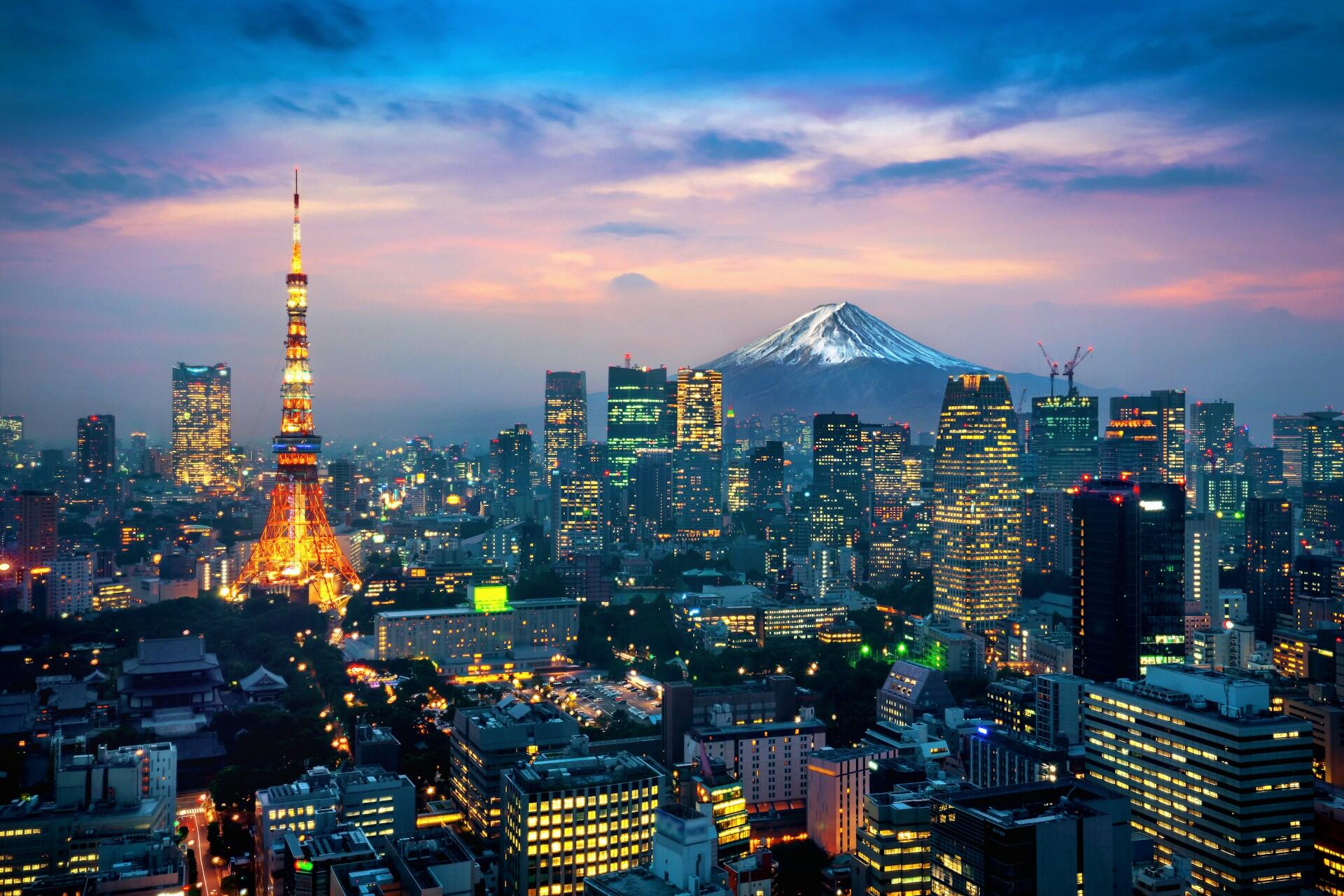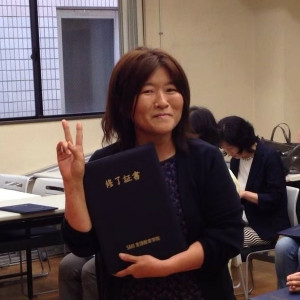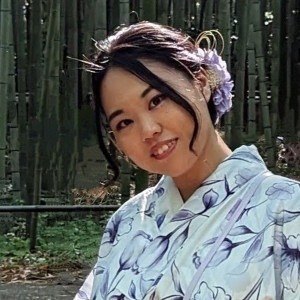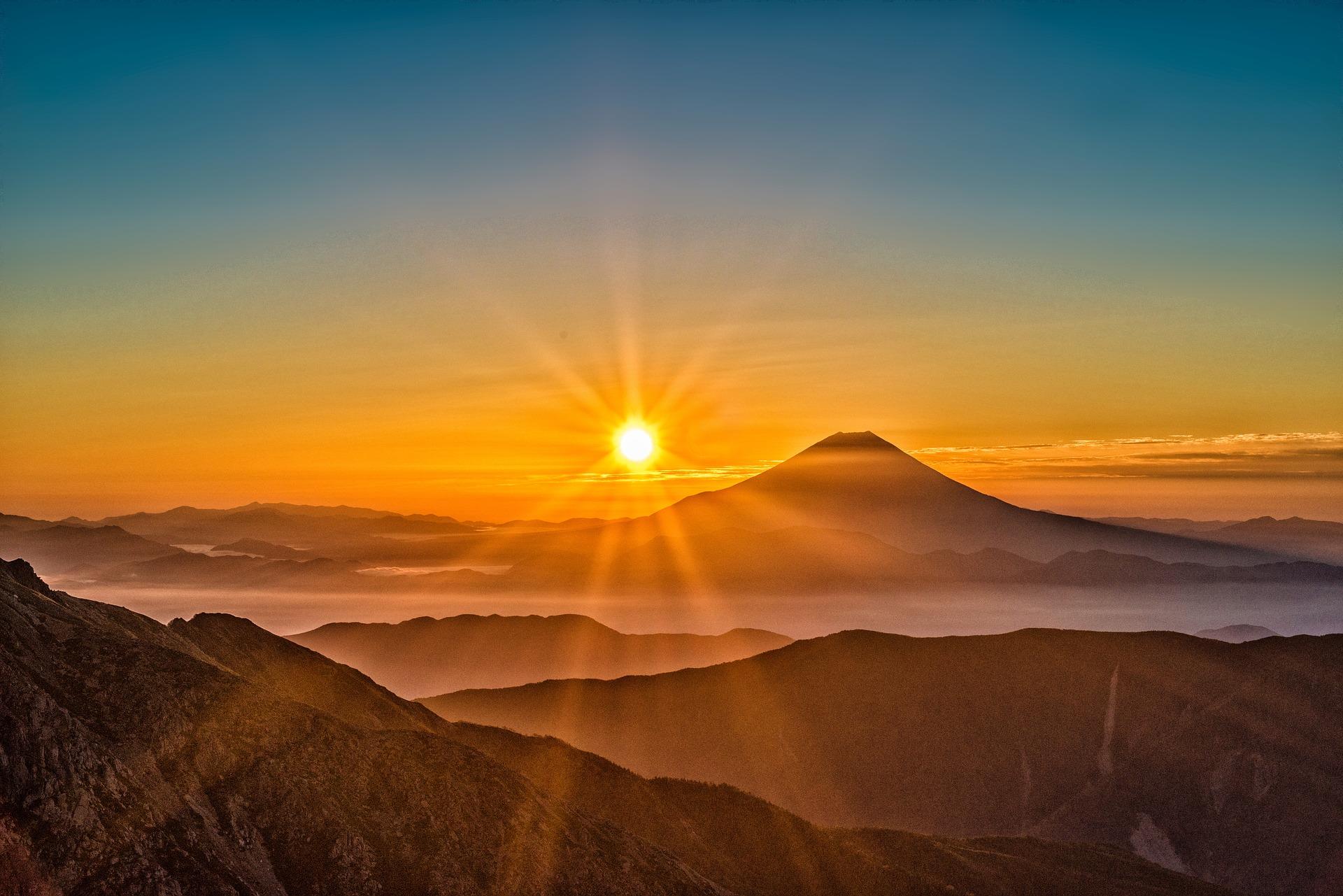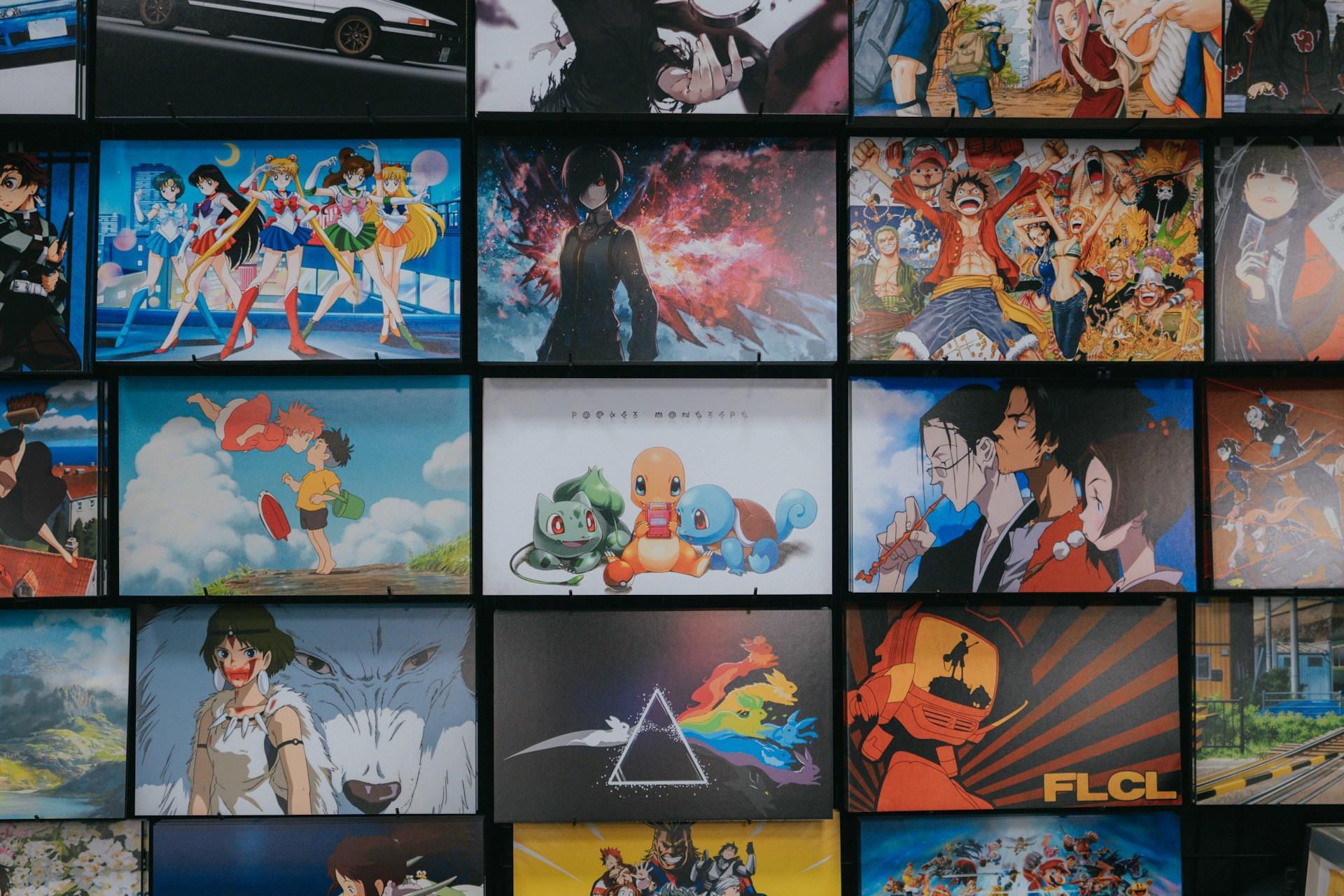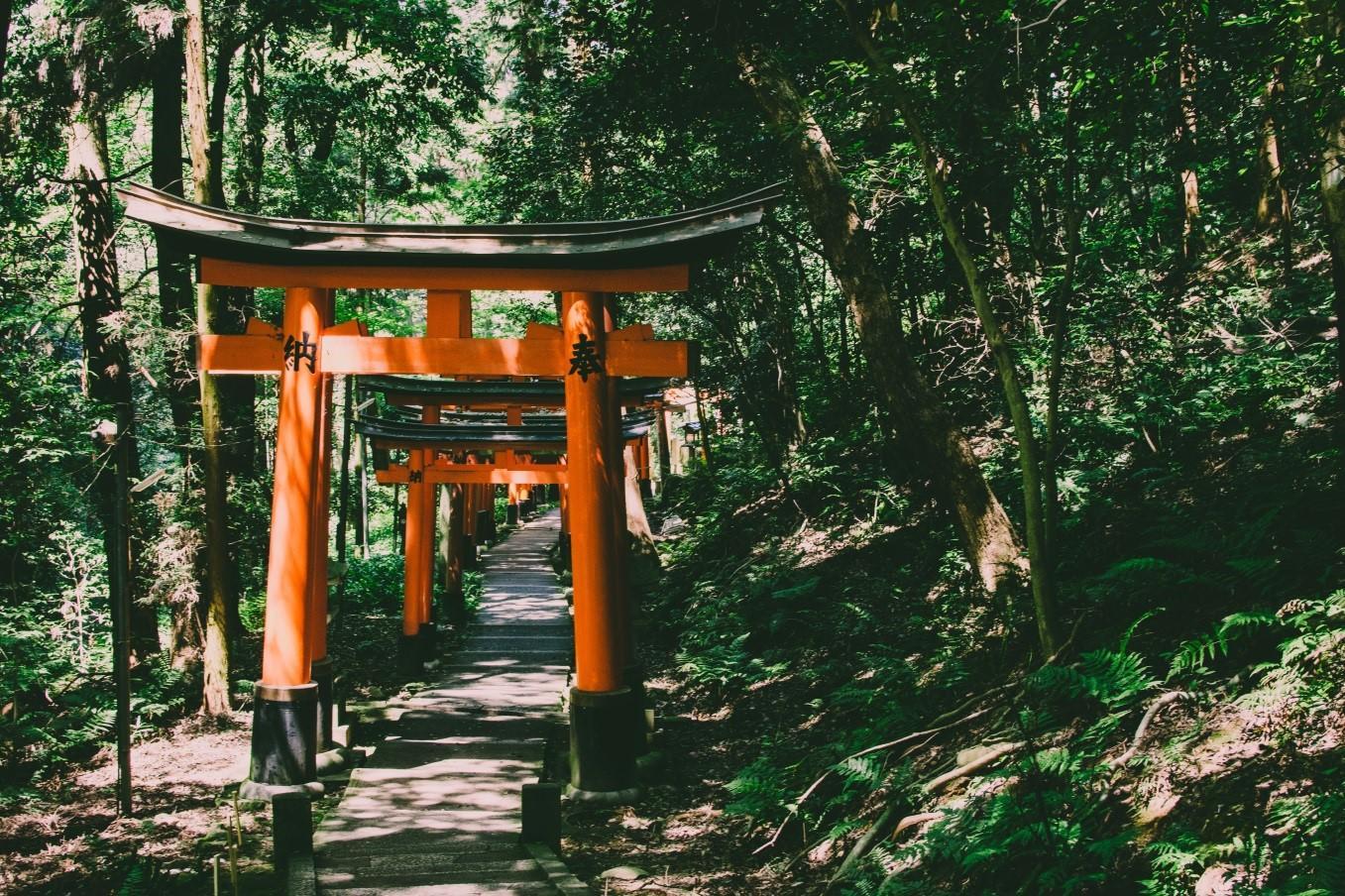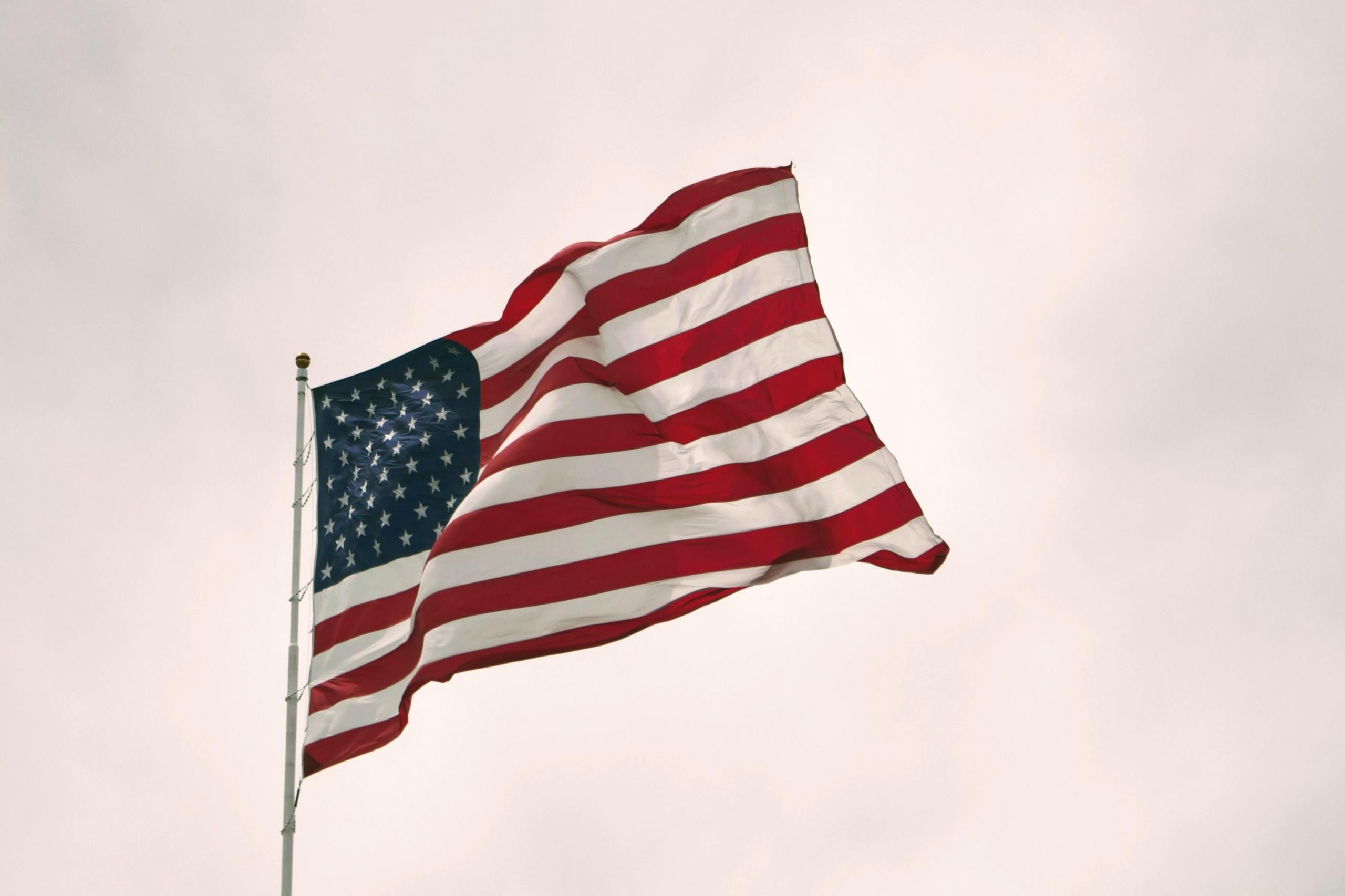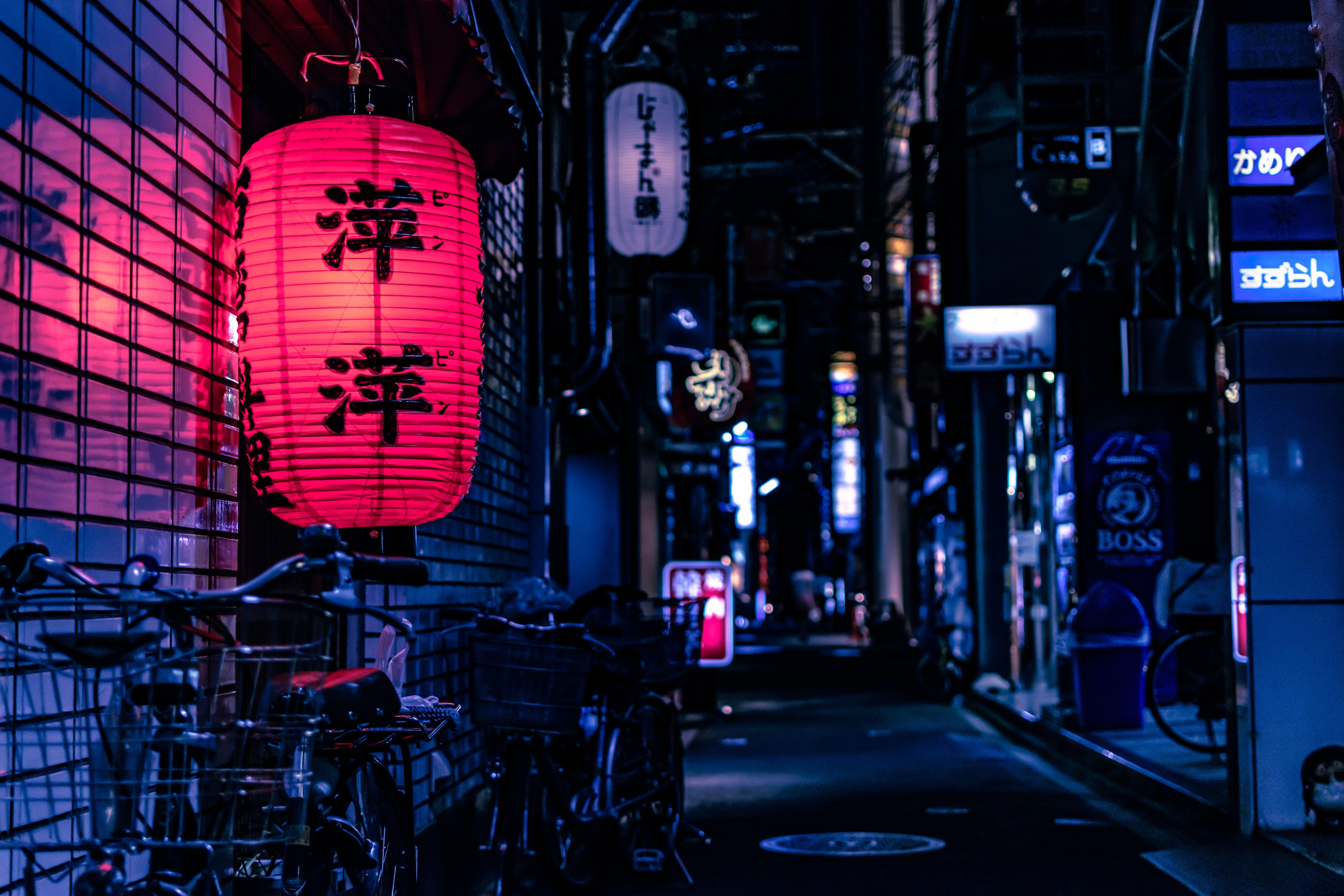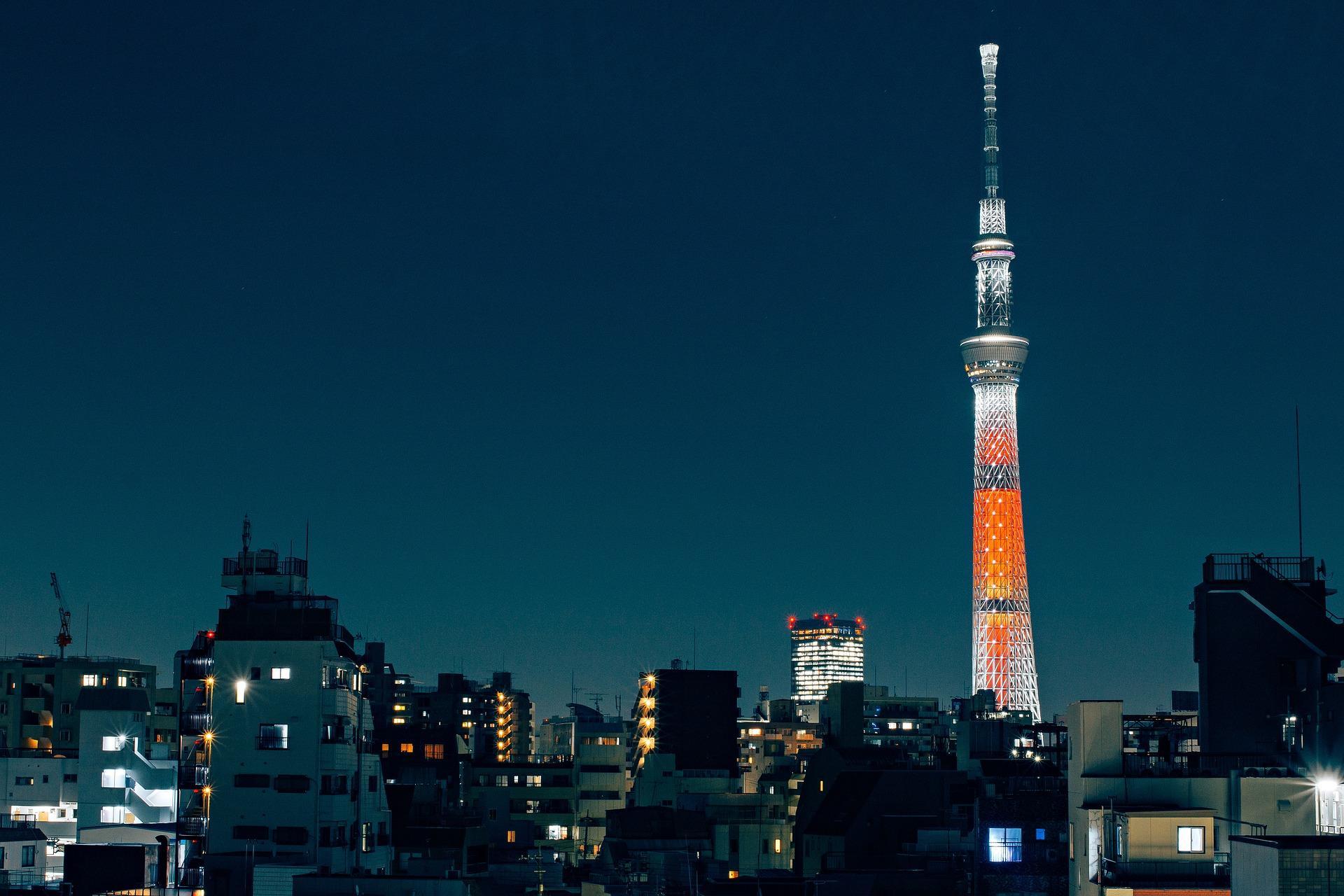Working in Tokyo has convinced me that, contrary to what people think, it is actually one of the world's most beautiful cities.
Tadao Ando, Japanese architect
Taking a trip to Japan is a brilliant way to learn the Japanese language without taking Japanese lessons at a school or institute. Japan has been a popular tourist destination for decades; however, in the past years, many Europeans and other international visitors have toured the land of the rising sun making it one of the world's most visited countries with over 31 million tourists recorded in 2018.
Japanese cuisine, culture, and traditions have fascinated individuals from all walks of life. Therefore, to effectively guide tourists venturing off to the land of the rising sun, Superprof has created a guide providing information about how and where to travel in Japan.
Japan is called the Land of the Rising Sun because the from China it looks like the sun is rising from Japan. Additionally, Japanese people called their country "Nippon" or "Nihon", which translates to "source of the sun".

How Japan Became Known as the Land of the Rising Sun
According to Japan-Experience.com, Japan has been known as a lot of different names with different meanings, which roughly translate to: "the fertile land where reeds grow in abundance by the water's edge and where rice and the four other cereals ripen".
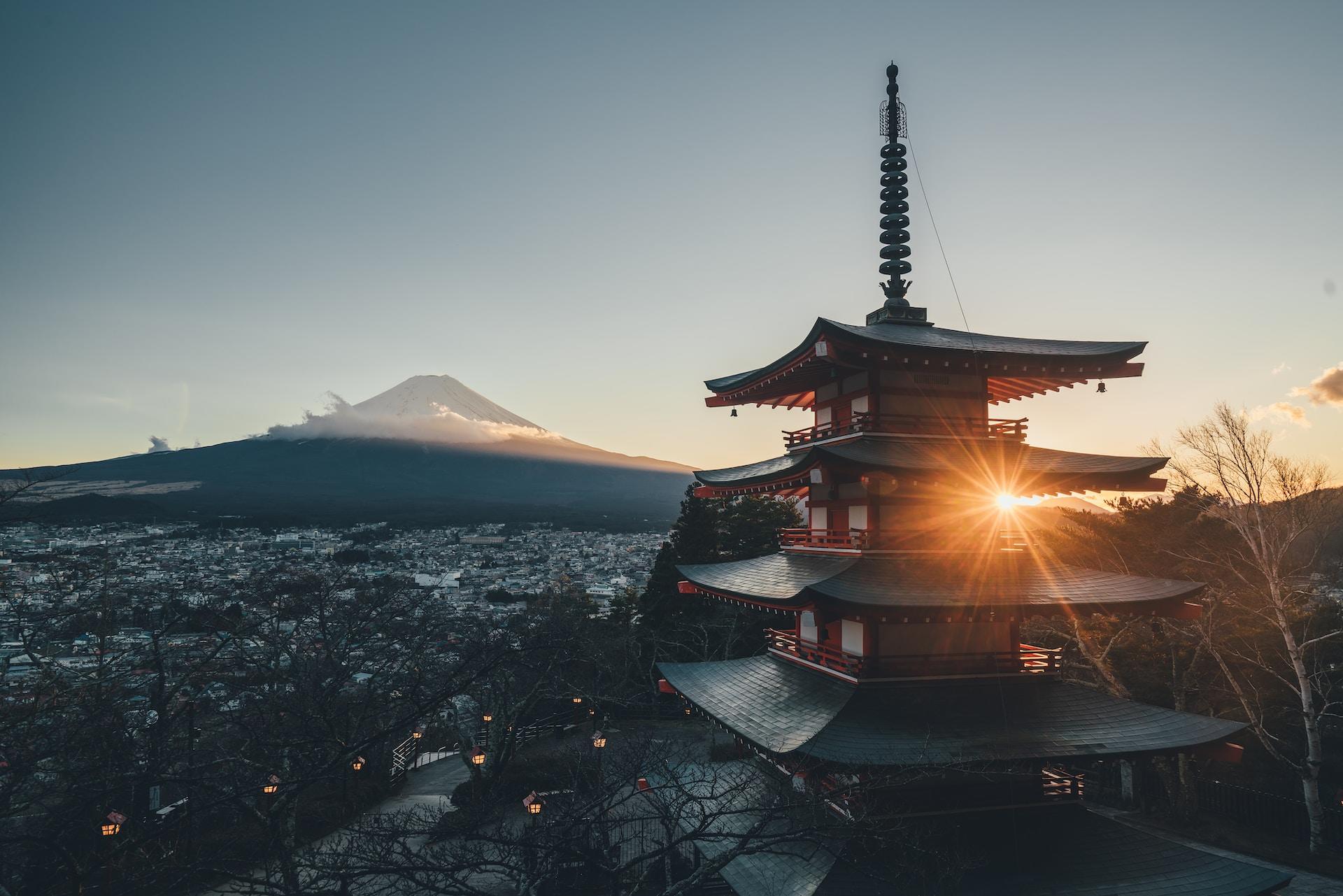
Japan is often referred to as "The Land of the Rising Sun" due to the fact that it is the furthest country east on its particular latitutde, and as the sun rises in the east, that means that Japan sees the sunrise before the rest of the continent.
The origin of the name in Japanese is even more litaral, which is Nihon (日本) or Nippon. The characters "日" (ni) mean "sun" or "day," and "本" (hon) means "origin" or "base." Therefore, when combined, Nihon or Nippon can be translated as "origin of the sun" or "sun's origin."
The name is thought to originate from Japan's location to the east of the Asian continent. When the Chinese characters for Japan were first introduced to Japan from China, the ideogram for "sun" was interpreted to represent Japan's location to the east, where the sun rises. This association with the rising sun eventually led to the country being known as "The Land of the Rising Sun."
In 607 CE, an official correspondence that began with "from the Emperor of the rising sun" was sent to Chinese Emperor Yang of Sui.
The symbolism of the rising sun is deeply ingrained in Japanese culture and history, and it is a common motif in Japanese art, literature, and national symbols. The Japanese flag, for example, features a red circle representing the sun on a white background. This connection to the rising sun reflects the cultural and geographical significance of Japan's position in the eastern part of Asia.
The Flag of the Rising Sun
The use of a red sun on a white field can be traced back to as early as the 7th century. During the Nara Period (710-794), Japanese armies used banners known as "nobori" on which the sun motif was often displayed. The history of Japan and the group of emperors of Japan have also played a big part in the uptake of the flag, and how it is used.
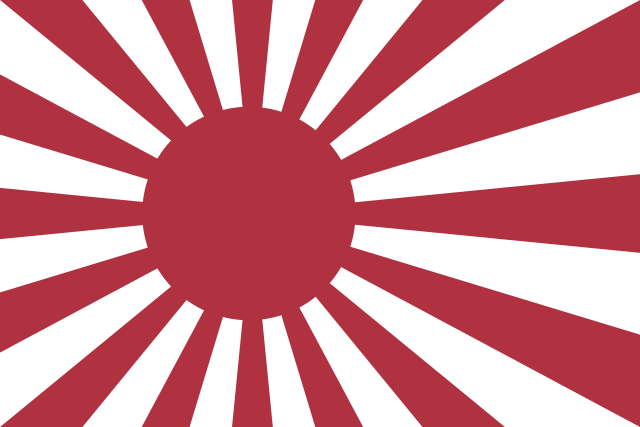
| Period | Years | Significance of the Rising Sun |
|---|---|---|
| Heian Period | 794-1185 | Associated with the imperial family; depicted as a red sun symbolizing Japan as the land where the sun originates. |
| Kamakura Period | 1185-1333 | Samurai adopted the sun motif on their war flags('sashimono'), worn on the back of armor. |
| Muromachi Period | 1336-1573 | Used by military leaders and clans on flags, monuments, and landmarks; became a symbol of authority. |
| Edo Period | 1603-1868 | Tokugawa shogunate used the red sun as an official seal; became widely associated with central government authority. |
| Meiji Period | 1868-1912 | Modern Japanese flag design was officially adopted in 1999, influenced by maritime signal code. |
| World War II | 1939-1945 | Used by the Imperial Japanese military; now replaced by the modern red and white flag. |
Rising Sun References in Japan
The land of the rising sun has become engrained in Japanese culture. Just some examples of how the sun is referenced and shown in Japanese culture include:

How to Travel to Japan?
Japan is currently one of the most fashionable destinations in the world for Europeans and North Americans. Talking to coworkers about the adventures you had in the land of the samurai is bound to impress even the saddest.
However, it is important to prepare for your trip adequately, and a certain amount of paperwork is required; you can't escape bureaucracy! Nevertheless, before thinking about the visas you may need in the future, the first thing to do is book your flight to one of Japan's largest cities such as Tokyo, Osaka, Kyoto, Sapporo, or Nagoya.
For a short stay of 90 days, many Americans, are exempt from applying for a visa before arriving on Japanese soil. Therefore, Americans can enjoy the beautiful country and all it has to offer without completing various forms of immigration paperwork beforehand.
It is of the utmost importance to carefully manage your time and figure out how much time you wish to spend in the land of the rising sun. The following is a suggested itinerary of how many days should be spent in specific Japanese regions:
- Tokyo: 5 days
- Kyoto: 5 days
- Osaka: 2 days
- Hiroshima: 1 day
These are just some of the parts of the Land of the Rising Sun. Most experienced travelers would tell you that two weeks in Japan are highly recommended to appreciate all of the Japanese culture and natural wonders thoroughly. Also, if you have the budget and time, a month should be spent in Japan; you will be the envy of all your coworkers!
As we previously stated, the capital of Japan, Tokyo, is the most populous metropolitan area in the world. Before you go, you may also want to think about budgeting based on how much you will spend in Japan. Tokyo is famous for being dizzying, breathtaking, and impressive.
Planning a Realistic Budget When Visiting Japan
Japan is an extremely touristic country and expensive country; therefore, a budget needs to be made before arriving on Japanese soil to determine if you have enough money to travel to the land of the rising sun.
per day
per day
per day
The following is a sample budget for US-based world travelers:
- Airline ticket from the US to Japan: $800-1200
- Bed at a hostel in a shared dormitory: $20-30.
- Airbnb space: $30-100.
- Private room at a hotel: $100-300 or more depending on the quality and location.
- Night in a Ryokan: $230
- Street food: $3-5
- Teppanyaki restaurants: $50+
- Public transportation: $8 or more depending on how far you travel
The previously mentioned expenditures are only an example of what can be spent on; some prefer to go shopping while others prefer cultural activities or dining.
Nevertheless, count on bringing between $1,000-2,000 per week to spend on a trip to Japan.
When Is the Best Time to Visit Japan
The best time to visit Japan depends on what you prefer to do and see. Since Japan is a rather large country, there are two different climates: the tropical south of the island and the temperate north.
Many experienced travelers will tell you that spring is the best time to visit Japan since the weather is consistently mild and days are sunny. Cherry blossoms season, from March to May, attracts people from all over the world; an iconic part of Japanese culture that should not be missed!
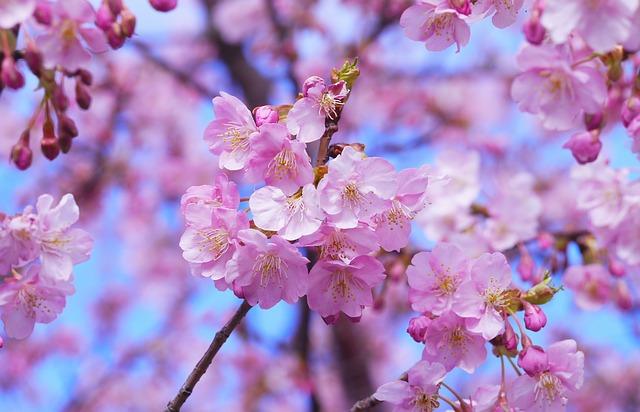
However, since spring is the best time to visit Japan, it is also the most crowded period; do not expect to be observing Japanese gardens alone. Many Japanese natives are also on vacation during springtime making it quite challenging to find a comfortable accommodation. To avoid the Golden Week and other spring holidays that prove to be quite annoying, it is better to choose the beginning of April or the start of June.
Also, it may be tempting to want to spend Christmas or New Year's in Japan, but during this time the Japanese are reuniting with their families, and the trains are jam-packed!
What Are the Most Significant Japanese Monuments to See During Your Trip?
Among the many things to see in Japan, there are many sites and tourist destinations that must not be missed.
The following are essential Japanese sites and monuments to visit while in Japan:
- Tokyo's Imperial Palace
- The Tokyo Skytree
- Tokyo's Government Buildings or National Diet
- Senso-Ji in Tokyo
- Kyoto's Golden Pavillion
- Kyoto's Ancient Imperial Palance
- Fushimi Inari Taisha in Kyoto
- Peace Memorial Park in Hiroshima
- Osaka Castle
- Himeji Castle
The previously mentioned points of interest are noteworthy and extremely special. However, it is essential to say that not everything can be visited on a short trip to Japan. Time is needed to travel between places and truly appreciate Japan's cultural treasures.
The Beautiful Land of the Rising Sun
Like so many of the world's countries, Japan has a fascinating history. The country has been inhabited for centuries and been through dynasties, world wars, and more. For much of its history it has been referred to as the Land of the Rising Sun.
Taking a trip to Japan is a brilliant way to learn the Japanese language without taking Japanese lessons at school or an institute. It is also an incredible way to soak up a lot of the culture of the country, and see the rising sun imagery all over the stunning scenery.
Are you ready for your trip to Japan? We believe that we have provided sufficient information for you to enjoy the journey of a lifetime!

